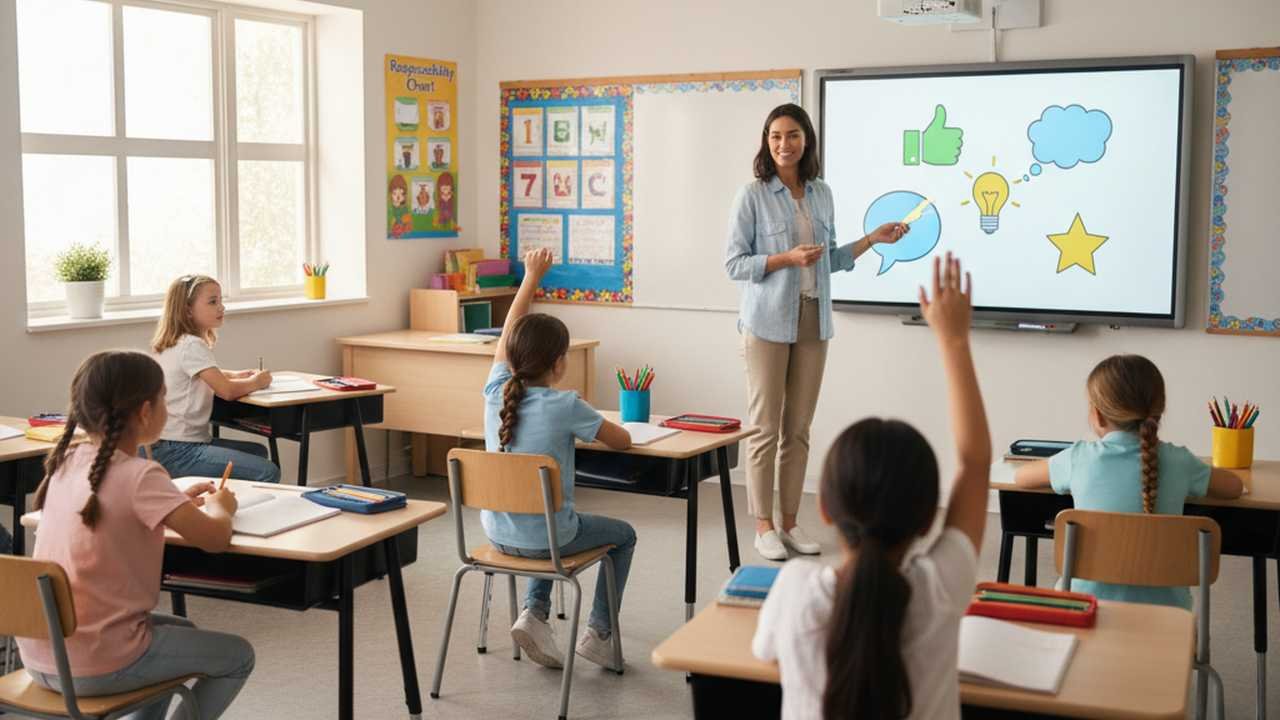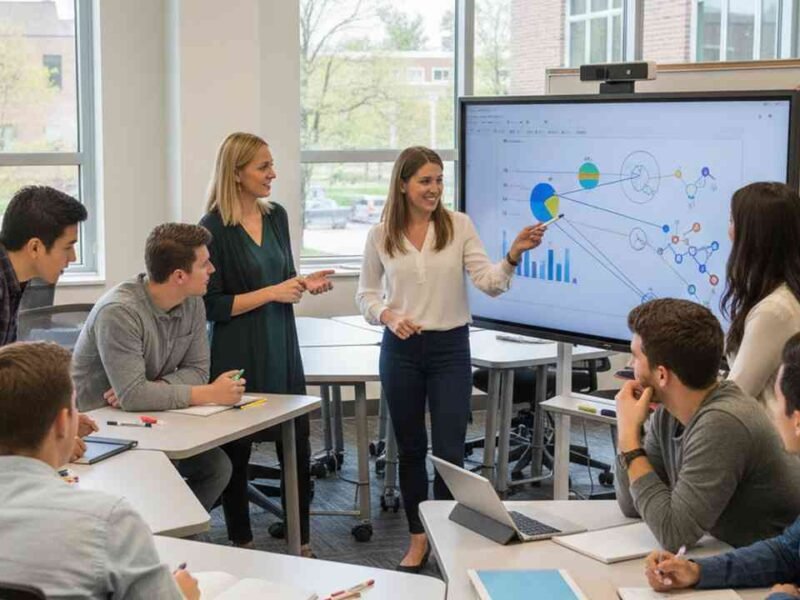In the fast-paced world of education, where every moment counts, effective classroom behavior management isn’t just a necessity – it’s a game-changer. Imagine a classroom where every student is engaged, respectful, and motivated. This isn’t a distant dream; it’s an achievable reality with the right strategies in place. But here’s the catch: without these strategies, chaos can quickly take over, leaving both educators and students frustrated. Don’t let your classroom fall into disarray. Act now and transform your teaching environment with these proven tips.
Establish Clear Expectations from Day One
Setting the tone for the school year begins the moment students walk through your door. Establishing clear, consistent expectations is paramount. Think of it as laying the foundation of a house – without a solid base, everything else crumbles. Clearly articulate your rules and the rationale behind them. Display them prominently in the classroom and revisit them regularly. This transparency not only fosters a sense of security but also empowers students to take ownership of their behavior. When students understand what’s expected, they’re more likely to meet those expectations, leading to a harmonious learning environment.
Build Strong Relationships with Your Students
At the heart of effective classroom management lies the teacher-student relationship. Building trust and rapport with your students can significantly reduce behavioral issues. Take time to learn about their interests, backgrounds, and challenges. Show genuine care and concern for their well-being. When students feel valued and understood, they’re more inclined to respect classroom norms and engage positively. Remember, a student who feels connected to their teacher is less likely to disrupt the class. Invest in these relationships – they’re the cornerstone of a well-managed classroom.
Implement Positive Reinforcement Techniques
Positive reinforcement is a powerful tool in shaping student behavior. Recognize and celebrate desired behaviors, no matter how small. This could be as simple as a verbal acknowledgment, a sticker, or a privilege. The key is consistency. When students know that positive actions lead to positive outcomes, they’re motivated to continue those behaviors. This approach not only encourages good behavior but also creates a positive classroom atmosphere where students are eager to participate and excel.
Maintain Consistent Routines
Routines provide structure and predictability, which are crucial for maintaining order in the classroom. Establish daily schedules and stick to them as closely as possible. When students know what to expect and when, they feel more secure and are less likely to engage in disruptive behavior. Incorporate transitions smoothly and give clear instructions for each activity. A well-structured day minimizes downtime and keeps students focused, reducing opportunities for misbehavior.
Utilize Engaging and Relevant Curriculum
An engaging curriculum is one that resonates with students’ interests and real-world experiences. Design lessons that are interactive, thought-provoking, and connected to students’ lives. Incorporate multimedia, hands-on activities, and collaborative projects to maintain interest and enthusiasm. When students find the material relevant and stimulating, they’re more likely to stay on task and exhibit positive behavior. An engaging curriculum not only enhances learning but also serves as a deterrent to disruptive behavior.
Apply Restorative Practices
When conflicts arise, as they inevitably will, approach them with a restorative mindset. Instead of focusing solely on punishment, engage students in conversations about their actions and the impact on others. Encourage accountability and facilitate discussions that lead to understanding and resolution. Restorative practices promote empathy, responsibility, and community, helping students learn from their mistakes and reintegrate into the classroom environment positively.
Incorporate Technology and Gamification
In today’s digital age, integrating technology can enhance classroom management. Utilize educational apps and platforms that promote interactive learning and behavior tracking. Gamification elements, such as earning points or badges for positive behavior, can motivate students and make learning more enjoyable. Technology not only supports academic achievement but also provides innovative ways to manage and reinforce positive behavior in the classroom.
Collaborate with Parents and Guardians
Effective classroom management extends beyond the school walls. Collaborating with parents and guardians ensures consistency and support for students. Maintain open lines of communication through regular updates, meetings, and conferences. Share strategies and progress, and seek input from families. When educators and families work together, they create a unified support system that reinforces positive behavior and academic success for students.
Continuously Reflect and Adapt
Classroom management is not a one-size-fits-all approach. Regularly reflect on your strategies and their effectiveness. Be open to feedback from students, colleagues, and self-assessment. Adapt your methods to meet the evolving needs of your students and the classroom dynamics. Continuous improvement ensures that your classroom remains a positive, productive environment conducive to learning and growth.


